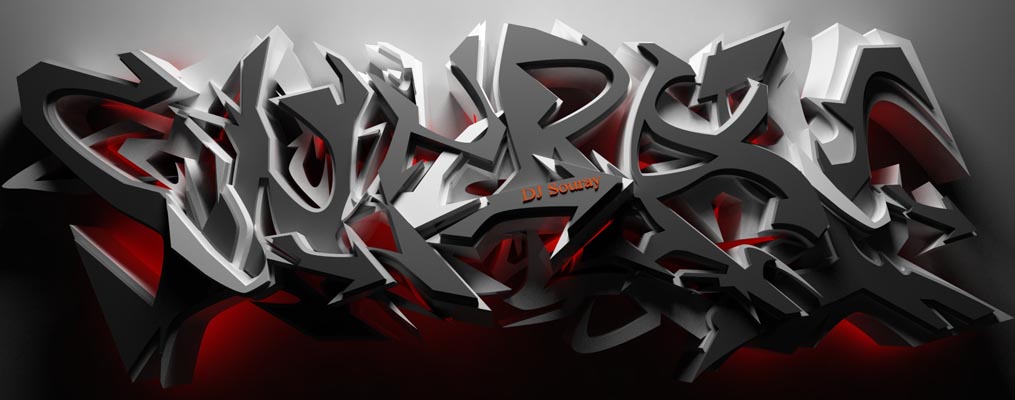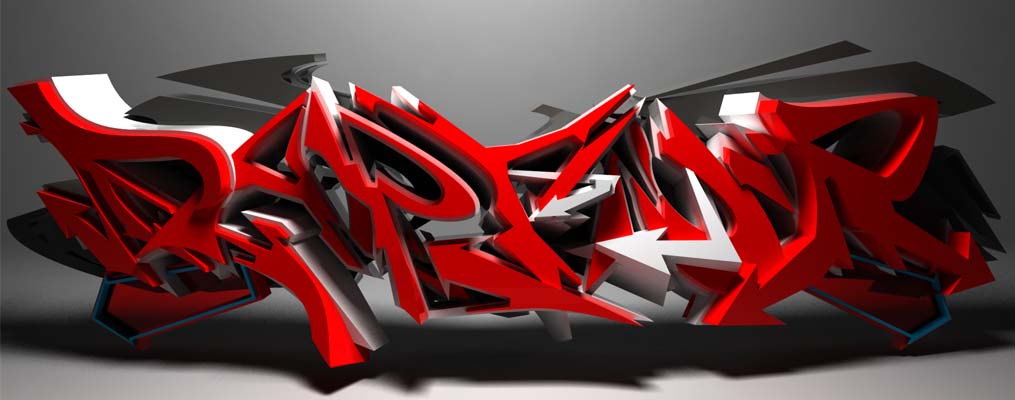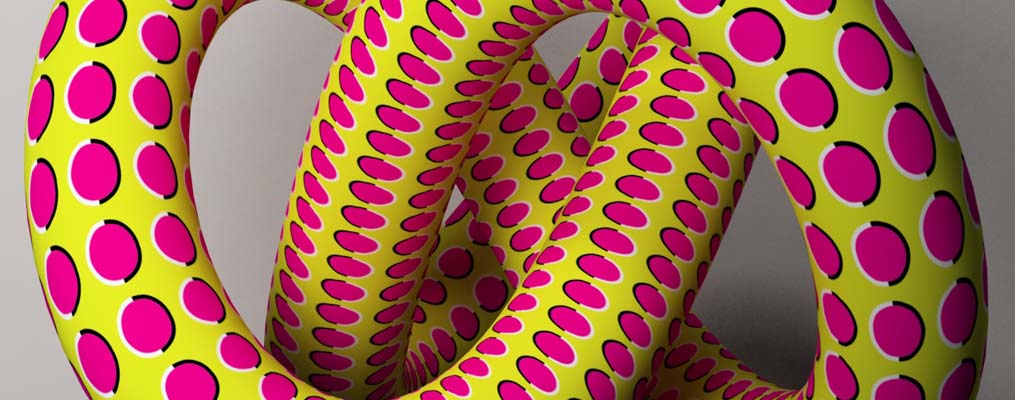American Modern: Hopper to O’Keefe
“Propaganda is a much maligned and often misunderstood word,” said Joseph Goebbels in 1933. “The layman uses it to mean something inferior or even despicable. The word propaganda always has a bitter aftertaste.”
As minister of propaganda in Adolf Hitler’s government, Goebbels did more than most to make that aftertaste as bitter as arsenic. Yet in this instance he was right: people are often suspicious of propaganda, which is designed to coerce us into following someone else’s agenda.
When it comes to visual art, common sense suggests that propaganda is at odds with greatness. Take the famous recruitment poster issued by the British government at the start of the First World War, featuring Lord Kitchener’s stern, moustachioed face staring out above the slogan ‘Your Country Needs YOU’. It is a memorable and effective piece of graphic design – but hardly quality art.
Can art commissioned by the state ever be any good? “Art is something subversive,” Pablo Picasso once said. “If art is ever given the keys to the city, it will be because it’s been so watered down, rendered so impotent, that it’s not worth fighting for.”
On message
Walking through the British Library’s exhibition Propaganda: Power and Persuasion the other week, I encountered scores of examples of watered-down official art. Like the poster of Kitchener, most of it was strong at conveying a message or pushing a political ideology, but weak when considered in artistic terms. Norman Rockwell’s misty-eyed and saccharine wartime posters; histrionic and bombastic images of Benito Mussolini; a chilling portrait of Hitler encouraging the cult of the Führer: all these examples have a mindless quality in which art is subordinate to brainwashing. As I left the exhibition, I found myself thinking: can propaganda ever produce great art?
On reflection, the answer – surprisingly – is yes. Many of us associate propaganda with the totalitarian regimes of Hitler, Stalin and Chairman Mao. “It came of age in the 20th century,” writes David Welch in the catalogue accompanying the British Library exhibition, “when the development of mass media (and later multimedia communications) offered a fertile ground for its dissemination, and the century’s global conflicts provided the impetus needed for its growth.”
Yet propaganda has been around for millennia – and much ancient art that we value today is a form of propaganda. The Parthenon Marbles extol the virtues of the Athenians at the expense of their enemies. Promoting the political values of a Greek city-state, these sculptures are the definition of art, in Picasso’s words, “given the keys to the city” – and yet few people would describe them as ‘impotent’.
Masking the truth
It’s a similar story with another world-famous work of art from antiquity: the solid-gold mask of Tutankhamun, which has become an emblem of the exoticism, opulence and quality of ancient Egyptian art. The mask is dazzling in a double sense: it is spectacular, but also blinding. This is because, in historical terms, Tutankhamun was a non-entity – a weakling boy-king who didn’t make it out of his teens.
In other words, King Tut conquered eternity not because of his own exploits, but because the master craftsmen of the golden age of Egyptian art were capable of creating potent images of kingship that have never been surpassed. Tutankhamun’s death mask is a piece of visual rhetoric – a form, if you like, of propaganda.
My favourite piece of art-propaganda from the ancient world, though, is Trajan’s Column in Rome. Dedicated in AD 113, it was built to commemorate two successful campaigns that the Emperor Trajan waged against the Dacians, a barbarian tribe from modern-day Romania. Constructed from 29 different blocks of marble weighing up to 77 tonnes each, it contains 2,500 figures, which were once brightly painted. A panoply of activity and detail (Trajan himself makes an appearance 59 times), the frieze is a potent expression of Roman efficiency and military ruthlessness. It is also a masterpiece of narrative art.
Fast-forward to the 20th century – the heyday of propaganda as we understand it, according to David Welch – and we find examples of first-rate art that was co-opted by propagandists. During the Cold War, for instance, modern art became a weapon deployed by the American government. In 1946, the US State Department spent almost $50,000 buying 79 paintings by Ben Shahn, Georgia O’Keeffe and others for an international touring exhibition called Advancing American Art, which ended up in Prague at a time when Czechoslovakia was behind the Iron Curtain. The idea was to refute Soviet claims that America was culturally vacuous. There are even reports that the CIA helped to fund the Abstract Expressionist movement for similar reasons.
Art is rarely the unadulterated expression of an individual genius such as Picasso: usually it is ensnared within the agendas and demands of others, such as patrons who are also political rulers. In my heart I know that good art is a vehicle for self-expression. But my head tells me that art and propaganda do not have to make uneasy bedfellows. When it comes to art, propaganda gets a very bad press, but perhaps, as Goebbels opined – it is unfair to characterise it as inferior Maybe the art of propaganda could do with a spin-doctor of its own.





